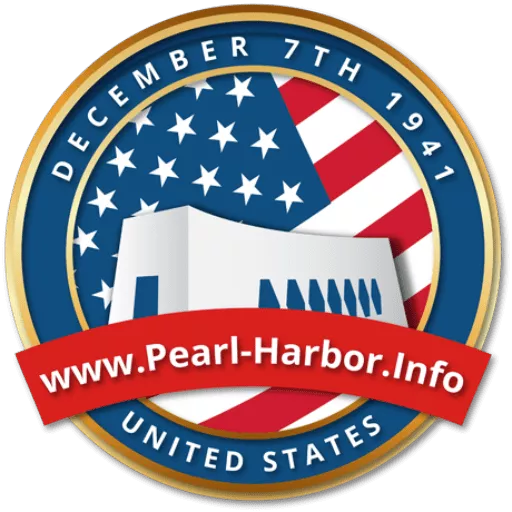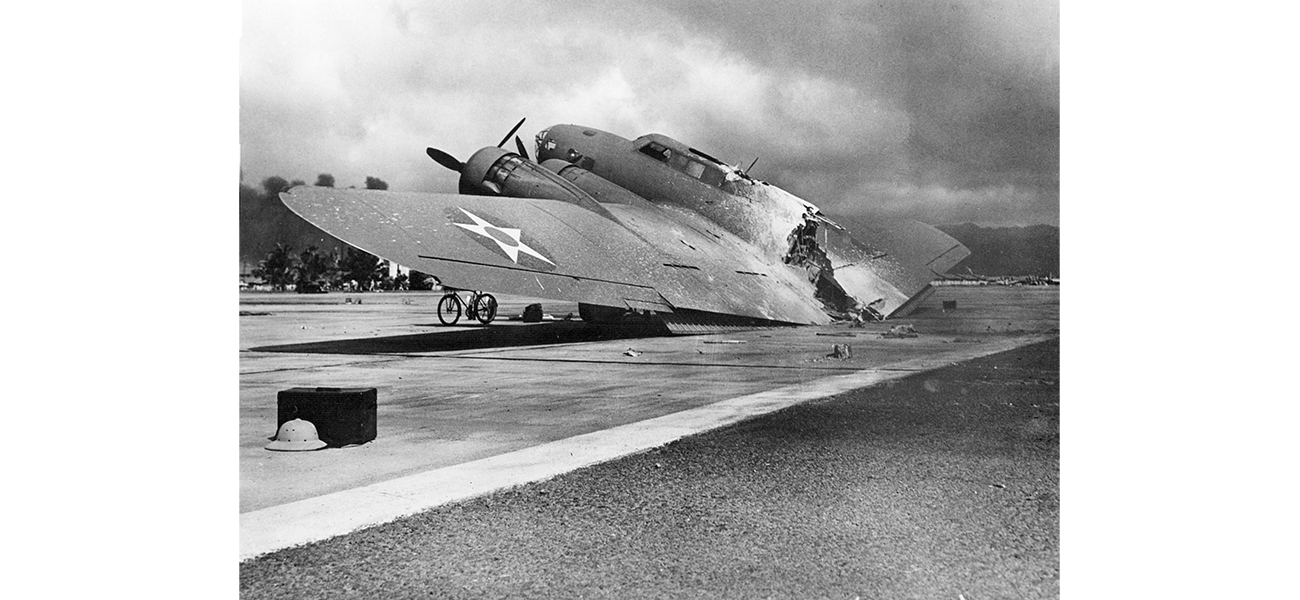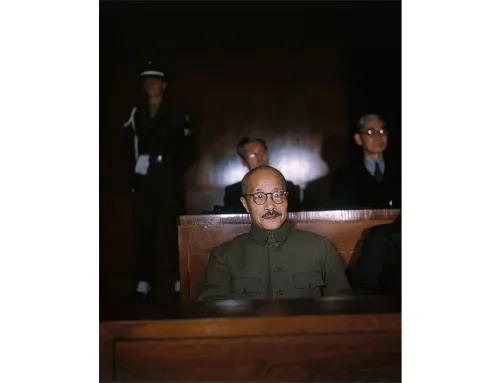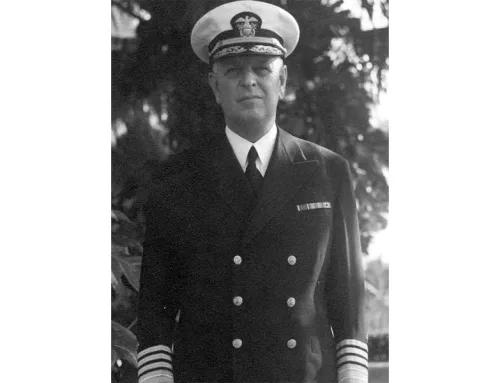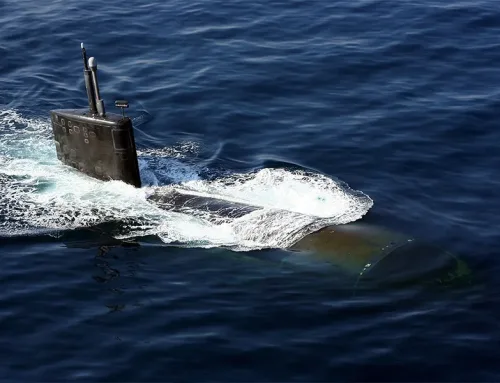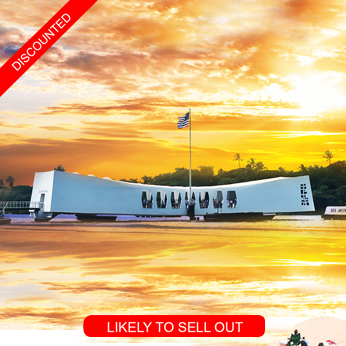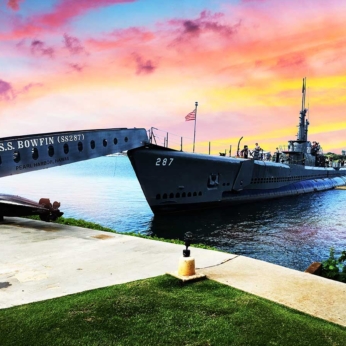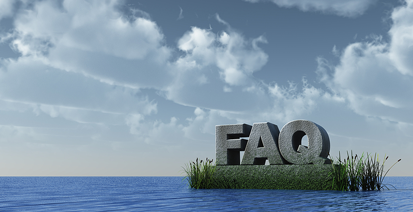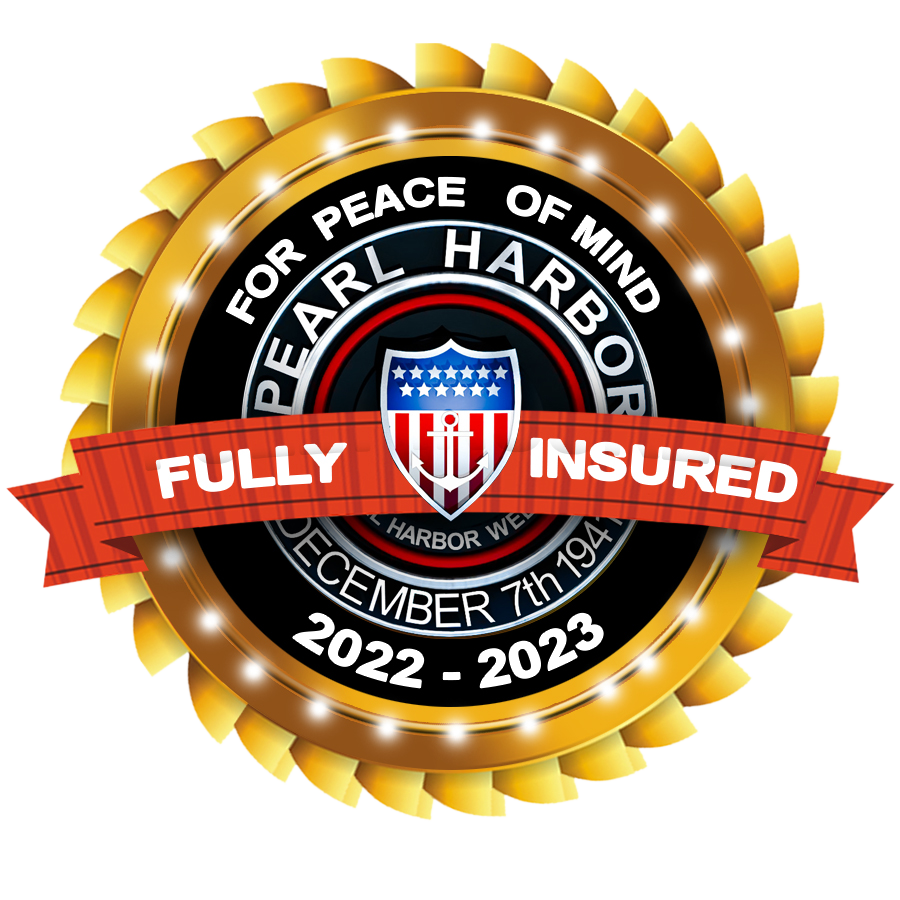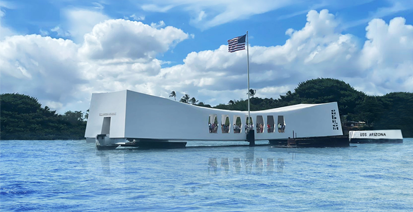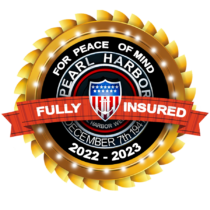After the Attack on Pearl Harbor
U.S. Navy, Public domain, via Wikimedia Commons
On December 7, 1941, the world changed forever with the attack on Pearl Harbor. This surprise military strike by the Japanese Navy Air Service against the United States naval base in Hawaii shocked the nation. It set the stage for America’s entry into World War II. Understanding what happened after the attack is crucial to comprehending the broader scope of the war and its lasting impact on global history.
The Immediate Aftermath
The attack left the United States in a state of shock and chaos. One day after the attack on Pearl Harbor, President Franklin D. Roosevelt addressed Congress, famously calling December 7th “a date which will live in infamy.” The immediate reaction from the American public was a mix of fear, anger, and a surge of patriotism. Citizens rallied together, eager to support the war effort and defend their nation.
In response to the attack, the U.S. quickly mobilized its military forces. The Pacific Fleet, though severely damaged, began a rapid recovery and restructuring process. The U.S. military launched several key operations aimed at stopping Japanese advances in the Pacific. Notably, the Doolittle Raid in April 1942 demonstrated America’s resolve and capability to strike back, even though its strategic impact was more psychological than physical.
The attack on Pearl Harbor prompted the United States to declare war on Japan on December 8, 1941. This declaration had immediate and far-reaching consequences. Within days, Germany and Italy, Japan’s allies, declared war on the United States, solidifying the global nature of the conflict. The U.S. entered the war with a determination to defeat the Axis powers and restore peace.
The war effort necessitated significant economic measures. The U.S. government swiftly transitioned the economy from peacetime to wartime production. American industries began producing vast quantities of war materials, including ships, airplanes, and munitions. This shift not only supported the war effort but also helped pull the country out of the Great Depression by creating millions of jobs and stimulating economic growth.
For American civilians, life changed dramatically after Pearl Harbor. Rationing of food and other essential goods became a daily reality, and people were encouraged to buy war bonds to support the military. Wartime propaganda played a crucial role in fostering a sense of unity and purpose among the population. Slogans like “Loose Lips Sink Ships” and “Buy War Bonds” became ingrained in the American consciousness.
It was a controversial action taken by the U.S. government in the wake of Pearl Harbor was the internment of Japanese Americans. Under Executive Order 9066, over 120,000 Japanese Americans, many of whom were U.S. citizens, were forcibly relocated to internment camps. These camps were often in remote areas and conditions were harsh. The internment remains a dark chapter in American history, highlighting the impact of war on civil liberties.
Several pivotal battles defined the Pacific Theater after Pearl Harbor. The Battle of Midway, fought in June 1942, was a turning point in the war against Japan. U.S. forces, having deciphered Japanese codes, ambushed the Japanese fleet, sinking four aircraft carriers and significantly weakening Japan’s naval power. The Guadalcanal Campaign, which began in August 1942, marked the first major offensive by Allied forces against the Japanese Empire and helped halt Japan’s expansion in the Pacific.
The attack on Pearl Harbor was a catalyst for significant changes in the United States and around the world. The immediate aftermath saw a nation mobilize for war, transforming its military, economy, and society. The contributions of civilians, technological advancements, and the eventual Allied victory reshaped the global landscape. Reflecting on this period highlights the resilience and determination that defined the era, offering lessons on unity and perseverance that remain relevant today.
Most Popular Oahu Tours
Best Pearl Harbor Tours

The following tours are recognized as the most popular Pearl Harbor Tours on Oahu. While generally, our price is the lowest in the market now, for a limited time, they are on sale too. Please be advised that Pearl Harbor tickets and USS Arizona Memorial tickets are included in all of our Arizona Memorial Tours, Pearl Harbor small group tours, and private Pearl Harbor tours.
